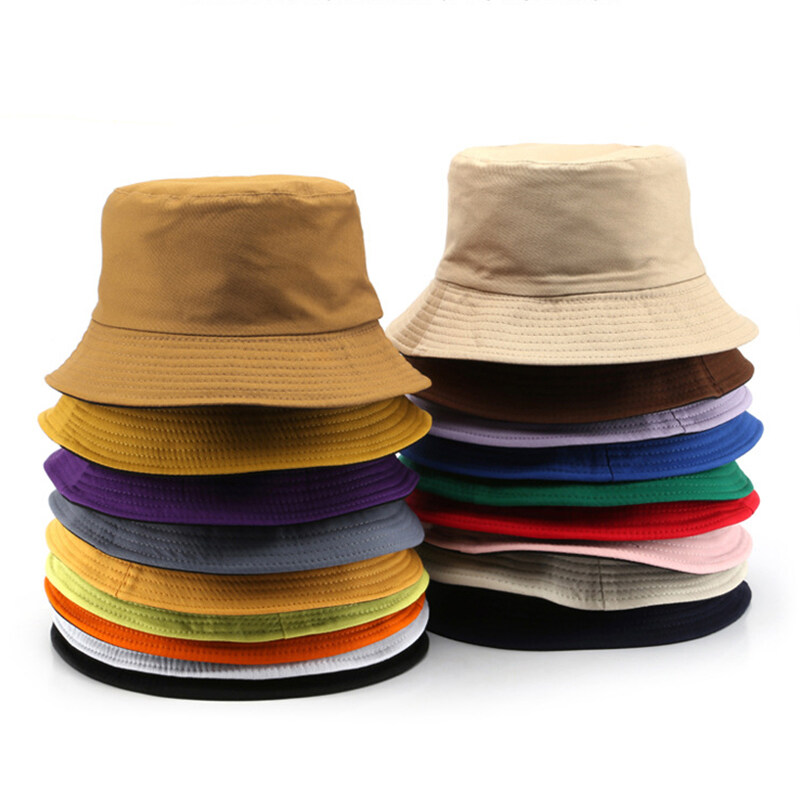Language
Currency


Hats have been an essential part of human attire for centuries, evolving from mere functional accessories to significant fashion statements. Whether you're shielding yourself from the sun, keeping warm, or adding a touch of personality to your outfit, hats play a versatile role in our wardrobes. In this blog post, we'll take a fascinating journey through the history, trends, and modern-day significance of hats, with a particular emphasis on the concept of hat ODM.
Hats date back to ancient civilizations, where they served practical and ceremonial purposes. In ancient Egypt, headwear like the Nemes headdress was a symbol of royalty. Moving forward to the Middle Ages in Europe, hats became indicators of social status. The higher your hat, the higher your status in society.
The 19th and 20th centuries witnessed a significant evolution in hat fashion. Top hats and bowler hats became synonymous with sophistication and class in the Victorian era. By the 1920s, the cloche hat had become a symbol of the modern woman, epitomizing the Roaring Twenties' spirit. Each decade brought new styles, reflecting the cultural and societal shifts of the time.
Today, hats are as much about making a statement as they are about utility. From baseball caps and beanies to fedoras and sun hats, the variety is astounding. Designers continuously innovate, blending traditional styles with contemporary trends to create pieces that appeal to fashion enthusiasts worldwide.
Baseball Caps
Originating in the mid-19th century, baseball caps have transcended their sports roots to become a staple in casual fashion. They are versatile, comfortable, and easily customizable, making them a popular choice for brands and individuals alike.
Beanies
Beanies are a winter essential that have found their way into year-round fashion. Known for their snug fit and warmth, they are perfect for both practical use and adding a laid-back vibe to an outfit.
Fedoras
The fedora, with its wide brim and indented crown, has a storied history in fashion. It gained popularity in the early 20th century and has remained a timeless piece, often associated with a sense of classic elegance and sophistication.
In recent years, the term hats ODM has gained traction in the industry. ODM stands for Original Design Manufacturing, a business model where a company designs and manufactures a product that is eventually branded and sold by another company. This model has significantly impacted the hat industry, allowing for more innovation and diversity in hat design and production.
1. Customization and Branding: Hats ODM enables brands to offer unique designs without investing heavily in manufacturing infrastructure. Companies can focus on branding and marketing while ODM partners handle production.
2. Innovation and Quality: ODM manufacturers often have specialized expertise and state-of-the-art facilities, ensuring high-quality products and the latest in design innovation.
3. Cost Efficiency: By outsourcing production to ODM partners, brands can reduce costs associated with manufacturing and logistics, allowing them to offer competitive prices to consumers.
Several renowned hat brands have embraced the ODM model. For instance, New Era, known for its iconic baseball caps, often collaborates with ODM manufacturers to expand its product line while maintaining high quality and distinctiveness. Similarly, high-end fashion brands use ODM services to create exclusive hat designs that align with their brand aesthetics.
Beyond fashion, hats hold cultural significance around the world. In many societies, they are tied to traditional ceremonies and rituals. For example, the sombrero in Mexico is more than just a hat; it's a symbol of Mexican culture and heritage. Similarly, the turban in South Asia and the fez in North Africa carry deep cultural and religious meanings.
Hats have also made their mark in pop culture. Think of Charlie Chaplin’s bowler hat, Indiana Jones’ fedora, or even the whimsical hats in Dr. Seuss's books. These iconic pieces have transcended their functional role to become symbols of the characters who wear them, showcasing the power of hats in storytelling and identity.
Looking ahead, the hat industry is poised for further innovation. Sustainable practices are becoming increasingly important, with more brands seeking eco-friendly materials and ethical production methods. Hats ODM will likely continue to play a crucial role, driving forward new trends and designs while making high-quality hats accessible to a broader audience.
In conclusion, hats are more than just accessories; they are a testament to human creativity and cultural diversity. Whether it's through the timeless elegance of a fedora, the casual cool of a baseball cap, or the innovative designs emerging from the hat ODM industry, hats will undoubtedly remain a beloved part of our fashion repertoire. So next time you put on a hat, remember that you're not just wearing a piece of fabric—you're donning a piece of history and a symbol of style.
Email format error
Email cannot be empty
Email already exists
6-20 characters(letters plus numbers only)
The password is inconsistent
Email format error
Email cannot be empty
Email does not exist
6-20 characters(letters plus numbers only)
The password is inconsistent